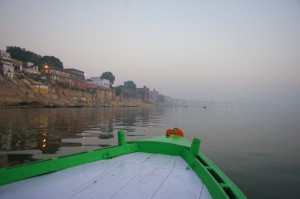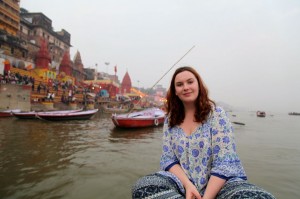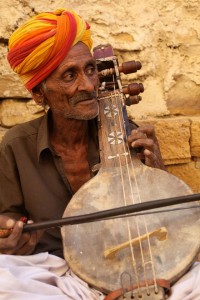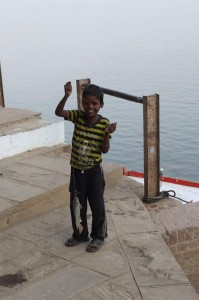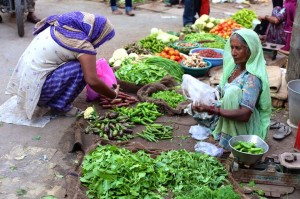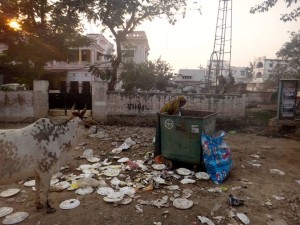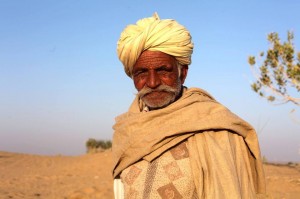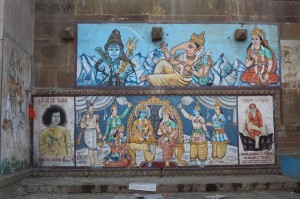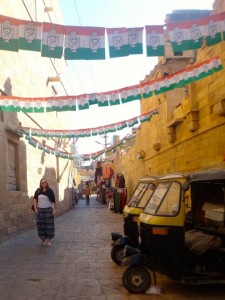This week I submitted an evaluative assignment on this blog for my class, Networked Media. In this evaluation of my blogging, I was forced to put down on paper a thought which I have managed to supress for a while: I could be using this blog better.
As far as an educational tool goes, blogging is a big one. An academic blog is like an archive of categorised and archived notes, portfolio pieces, opinions and ideas in one. Everything is linked in a linear way through chronology but also in non-linear ways that would be far more significant for learning. It also stays online to be reflected on later, even years later as paper notes and jotted ideas do not. Not only that but it is all writing practice, after all it is published, public writing, and is therefore practice for committing yourself to something, both the blog and the educational boost that it promises in the long term.
I haven’t used the blog to its best educational ability. In order to do that I would need to write and integrate more blog posts on other work from other classes, other readings and material that I find out of class that I find relates to class content- which is growing every day.
So today I will start trying to use the blog better. Starting with this post about my lack of utilization so far and also about my other summer subject, Broadcast Media.
Today we didn’t have classes, but my group and I did a lot of work on one of our major assessments which is filming and producing a current affairs segment for Today Tonight. The theme is summer and we have chosen beach safety as a topic.
Today we were filming on location at Mill Beach in Mornington. It was a beautiful day, the location was fantastic and everything went smoothly. We were lucky to have very accommodating and helpful interviewees who were patient and allowed us to boss them around and move props around and even assisted us in re-enacting a beach rescue (for which I rather embarrassingly had to play the victim). This made the day flow so easily, but it was a great learning experience nonetheless.
As I film weddings and have seen current affairs pieces filmed before, I thought everything would be a breeze, but there were things to think about which I didn’t expect.
We had to change the direction of the subject and the camera to get the right lighting as it was an outdoor shoot, we had trouble levelling the tripod because it was on sand, the microphones were extremely sensitive to the sounds of the ocean and so we had to swap microphones and be careful of the direction. The angle of the camera in relation to direction in which the speakers were looking and the composition of the frame. All these were things that we’d discussed in class that seemed like common sense were things that you really had to think about in the field.
As we had planned to get all our shooting done in the one day on location, we couldn’t afford to get anything wrong and wanted to get the best possible shots with every piece of recording. However, once you start recording you tend to just point and shoot and forget about some details, the details which make the overall piece look professional.
It will be interesting to see how it turns out. I think there are little things that we could have been more conscious of that will really separate our piece from professional work. Our content is going to be fantastic, our interviewees were amazing and so were our vox-pops, and although I didn’t see our re-enactment as I was the actor, the others said it is looking good as well. Over all the day felt like a huge success for a first time filming this type of current affairs segment. Having watched this segment from Today Tonight since returning I have noticed the small things they do which we took no notice of. On the other hand I think our content is more relevant, interesting and significant than many of their topics and so maybe that levels us out.
There are things I would do differently if I could go back, one thing in particular is to have the presenter standing next to the camera so that when the interviewee speaks he speaks almost into the camera but not directly. This technique is just a minute detail, but it makes Today Tonight, and indeed much TV journalism, more professional now that I think about it. But I think that’s a good thing that I’ve noticed this now. I will be more aware of the details next time, and that’s what the first few times of doing anything is all about.
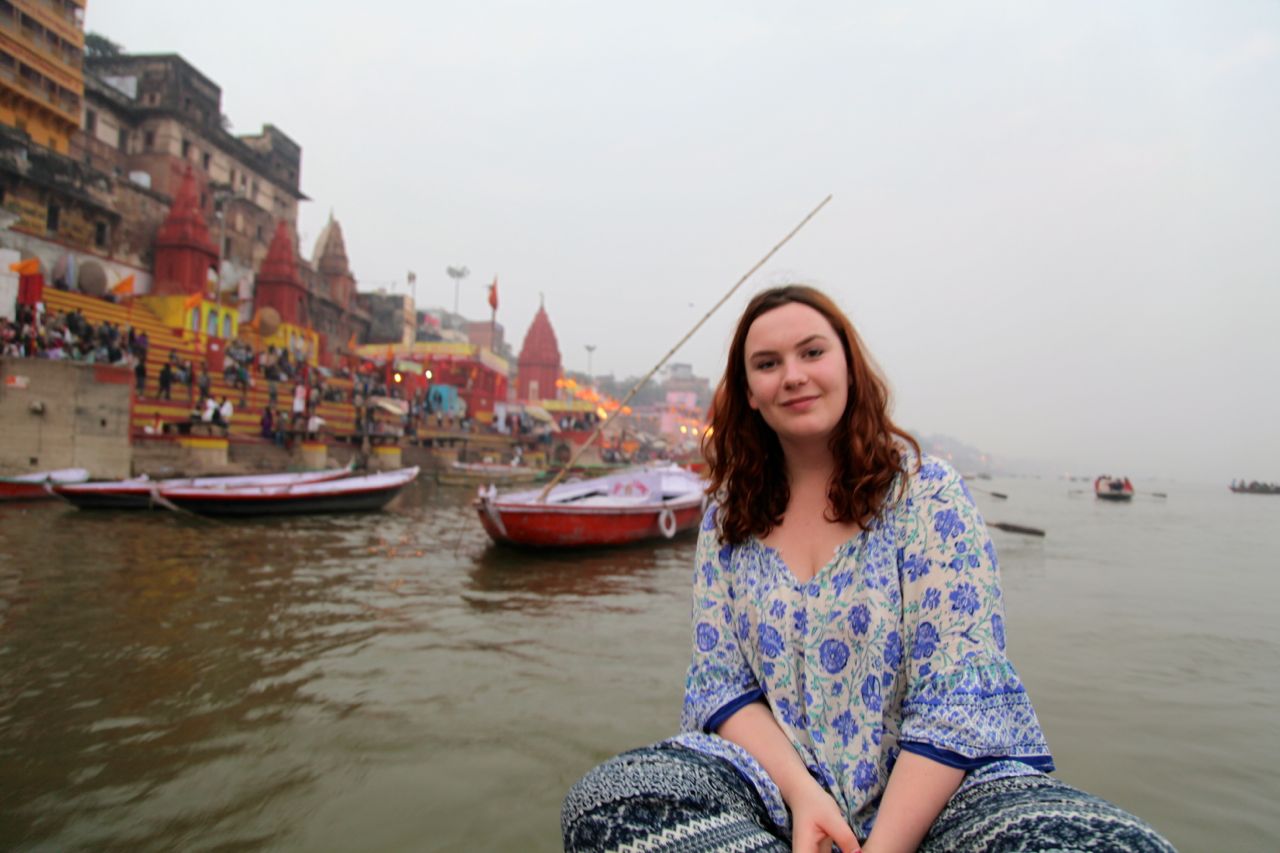




 Raj Luxme, a 24yo woman with cerebral palsy. She was the little girl left by her parents on the train tracks and is the reason that the IID began.
Raj Luxme, a 24yo woman with cerebral palsy. She was the little girl left by her parents on the train tracks and is the reason that the IID began.


